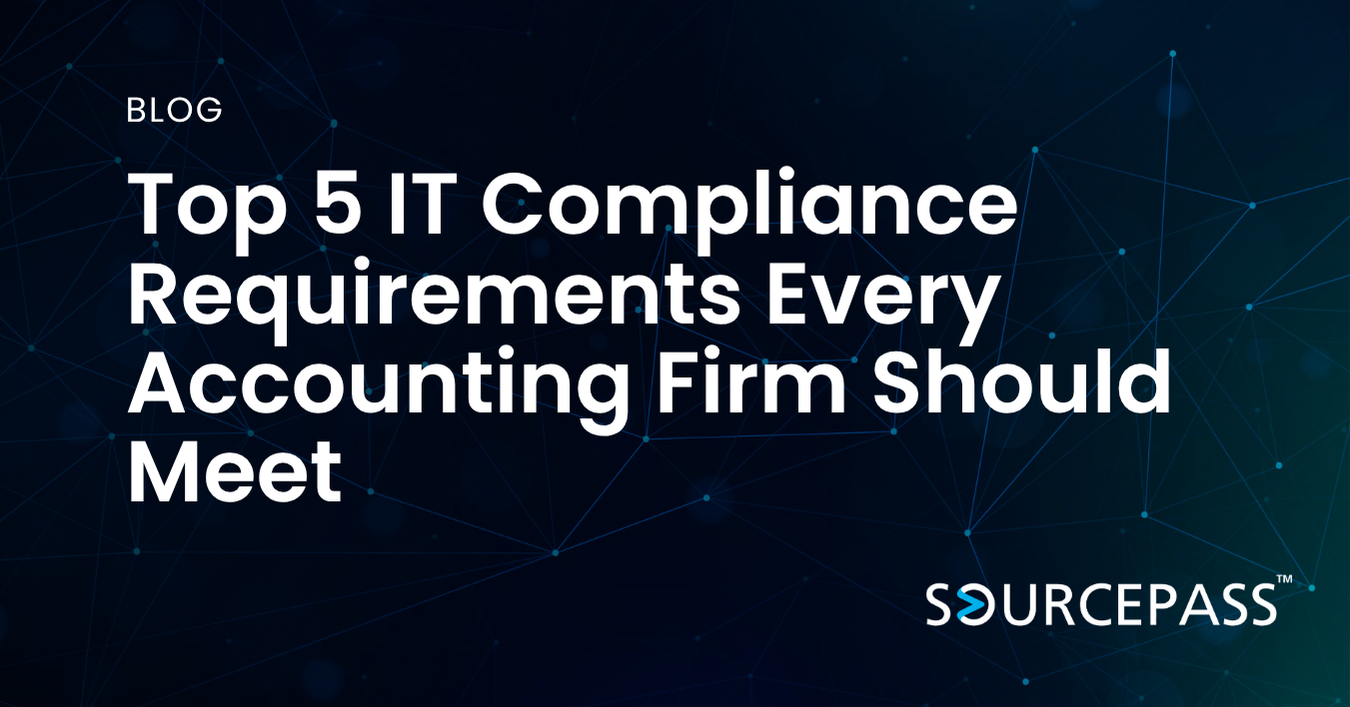Common Pitfalls in IT Roadmaps — and How to Avoid Them
Jul 15, 2025 Alex Davis Strategy & Modernization 3 min read



A well-designed IT roadmap can help your business grow faster, operate more efficiently, and stay ahead of the competition. When roadmaps are rushed, incomplete, or poorly maintained, however, they can actually create new risks; not solve them.
If you’re serious about using technology as a true growth enabler, it’s critical to know where IT roadmapping often goes wrong — and, more importantly, how to avoid the most common pitfalls.
Let’s break them down.
Common IT Roadmap Pitfalls
1) Budget Creep: Losing Control of Costs
The Pitfall:
Without clear cost projections, ongoing governance, and prioritization, IT roadmaps can easily turn into wish lists — leading to runaway budgets, delayed projects, and difficult conversations with leadership.
Overpromising on initiatives without understanding the full cost (including implementation, training, support, and upgrades) can leave teams scrambling for funding mid-project or force painful cuts later.
How to Avoid It:
- Tie every initiative to a clearly estimated total cost of ownership (TCO).
- Set project budgets with contingency built in.
- Prioritize must-haves over nice-to-haves (and revisit priorities regularly).
- Review financials during every roadmap update meeting.
Pro Tip:
Technology investments should always be justified in terms of their contribution to business goals — not just "keeping up with the times."
2) Technical Debt: Delaying & Kicking the Can Down the Road
The Pitfall:
It's tempting to delay system upgrades, patchwork solutions, or infrastructure modernization to save money in the short term.
But neglecting these critical updates accumulates technical debt — fragile, outdated systems that are harder (and more expensive) to fix later.
Technical debt can:
-
Increase security vulnerabilities
- Limit future scalability
- Cause performance bottlenecks
-
Raise long-term support and maintenance costs
How to Avoid It:
- Build lifecycle management into your roadmap — proactively plan for upgrades, refreshes, and end-of-support transitions.
- Prioritize retiring or replacing outdated systems that pose security or operational risks.
- Budget for modernization as an ongoing need, not a one-time fix.
Pro Tip:
Every year you delay modernization makes it harder and more expensive later. Don’t let outdated tech become an anchor around your growth.
3) Security Gaps: Leaving Doors Open
The Pitfall:
When cybersecurity is treated as an afterthought, it creates serious risks.
Unsecured new applications, neglected endpoint protections, or incomplete compliance practices can leave the door wide open to attacks, breaches, and regulatory fines.
Many companies underestimate the time, cost, and planning required to integrate security controls into new technology — or worse, assume their existing protections are "good enough" for new threats.
How to Avoid It:
- Integrate cybersecurity into every phase of your roadmap planning — not just “later” or "when we get to it."
- Regularly assess risk, update security measures, and ensure that new technologies align with security best practices.
- Plan for employee security training and incident response alongside technical upgrades.
Pro Tip:
If security isn’t part of your IT roadmap discussions, you’re planning to fail.
4) Lack of Alignment with Business Goals
The Pitfall:
Some IT roadmaps become purely technical documents — lists of IT department wants, rather than business-driven initiatives.
This disconnect can cause wasted investment, loss of executive support, and projects that deliver little to no real business value.
How to Avoid It:
- Anchor every project to a business goal — like customer experience improvement, cost reduction, risk mitigation, or revenue growth.
- Keep business leaders involved in roadmap creation and regular reviews.
- Measure success based on business outcomes, not just technical achievement.
Pro Tip:
If IT can’t explain how a roadmap project moves the business forward, it probably shouldn’t be on the roadmap.
5) Failure to Adapt and Update
The Pitfall:
A roadmap created once and left untouched quickly becomes irrelevant.
Markets shift, technologies evolve, businesses change course — and a stagnant roadmap can quietly lead your IT strategy into obsolescence.
How to Avoid It:
- Schedule regular (quarterly or biannual) roadmap reviews.
- Be willing to adjust priorities, reallocate resources, and sunset outdated projects.
- Treat the roadmap as a living document, not a static plan.
Pro Tip:
Agility is just as important as ambition in roadmapping.
Final Thoughts: IT Roadmaps with Sourcepass
Roadmapping your IT strategy is one of the smartest moves a growing business can make — but it’s not without its challenges.
By recognizing and planning around common pitfalls like budget creep, technical debt, security gaps, and business misalignment, you can build a roadmap that actually moves your organization forward.
At Sourcepass, we work closely with our clients to create resilient, business-aligned IT roadmaps that are built to avoid these traps — and to evolve with your growth.
Subscribe To
Sourcepass Insights
Sourcepass Insights
Stay in the loop and never miss out on the latest updates by subscribing to our newsletter today!
.png?width=500&height=100&name=White%20Logo%20-%20Transparent%20Tag%20(3).png)




